Kynngisdalr
For those with the will to succeed, magic opens every doorway.Kynngisdalr is the capital of Fjolkandr, and serves as the foundation and refuge for all Fjolkan citizens - whether they're born to the nation or not. It sits well-defended in a mountainous valley in Iskaldhal's far east, marking the very heart of Fjolkandr's territory. It has a tundra climate, meaning temperatures rarely exceed 10 °C, even in summer.
Demographics
We're no' Gildómar, we are nae just dwarves.
Defences
Now thas classified, lads.
Infrastructure
Will be late for work, got a wee bit stuck on the twelfth lift...One of Kynngisdalr's most significant draws is its infrastructure. Its subterranean levels are accessible through countless major and minor lifts throughout the city, and interconnecting rails, magical portals, and small weather-dependent aircraft add to the city's ease of traversal. Living bridges of animate plants crawl across gaps in the warmer months, and are replaced by strong ice-bridges in the winters. The city's emergency services - civilian and military - have priority overrides for these transport systems to protect the citizenry.
History
In our time of need, the ruins were there.Fjolkandr as a nation was not founded on the surface of Istralar, but was instead born upon Terra Arcana. The gods had banished all arcane casters to the red planet hanging just beyond Istralar's skies, and now torn from their homelands on Istralar, the dwarves there banded together. They founded Fjolkandr, intending it as a bastion of dwarven tradition and strength that could adapt to their arcane abilities and prowess.
The dwarves of Fjolkandr seem convinced that no fey trickery exists in their accursed home, and yet suffer misfortune far greater than we...
Etymology
Kynngisdalr's name is derived not from Dwarven, but from an ancient language of humanity spoken by the Feidísfolk. It is a combination of kynngi, meaning something akin to 'magical', and the suffix dalr that references the valley that the city is built into.I don't understand why they still maintain distance from us. We're practically neighbours.
I hear the latent fey magic means they grow the wildest drugs there. The Witch-Tribes love them.


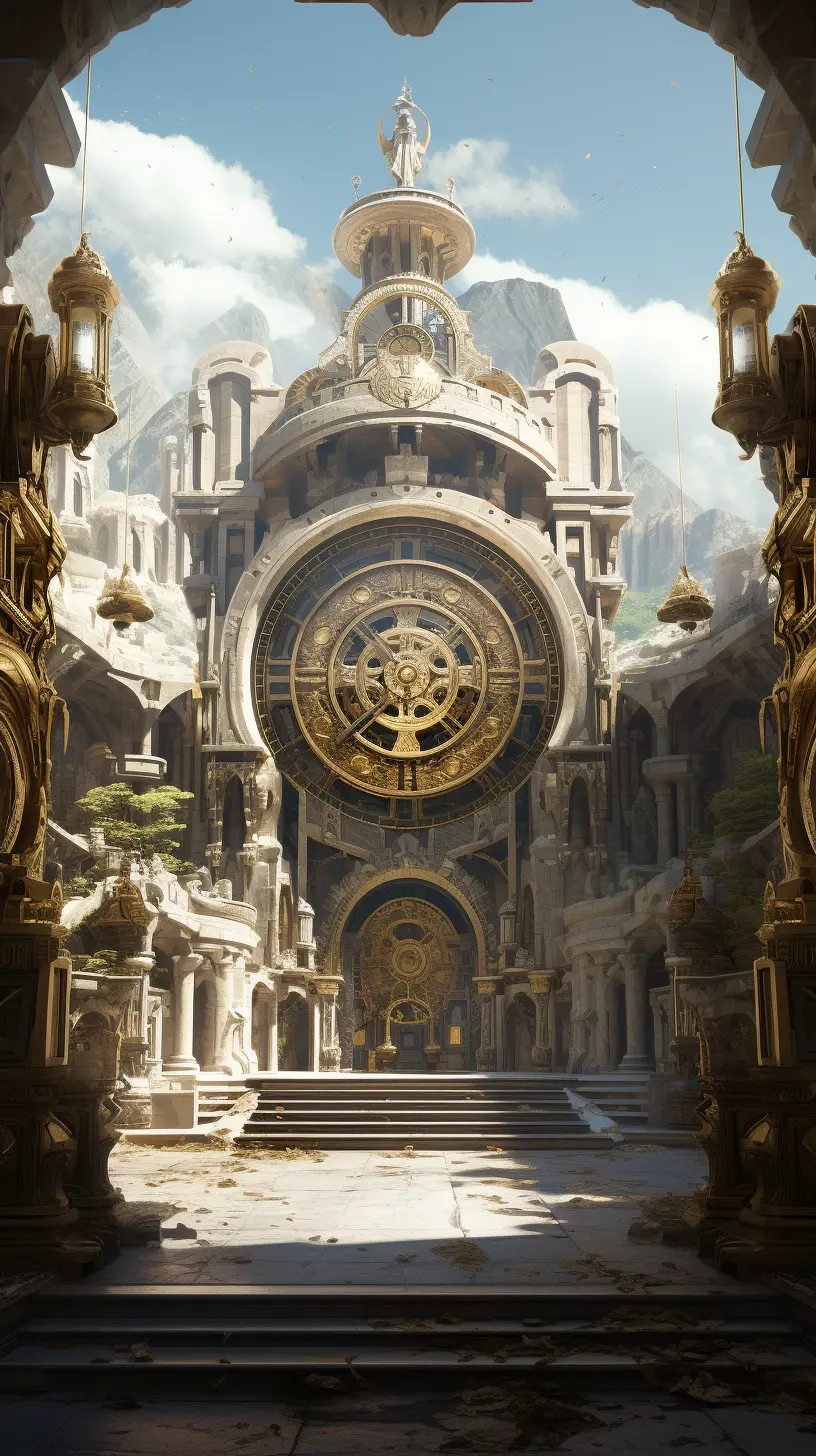
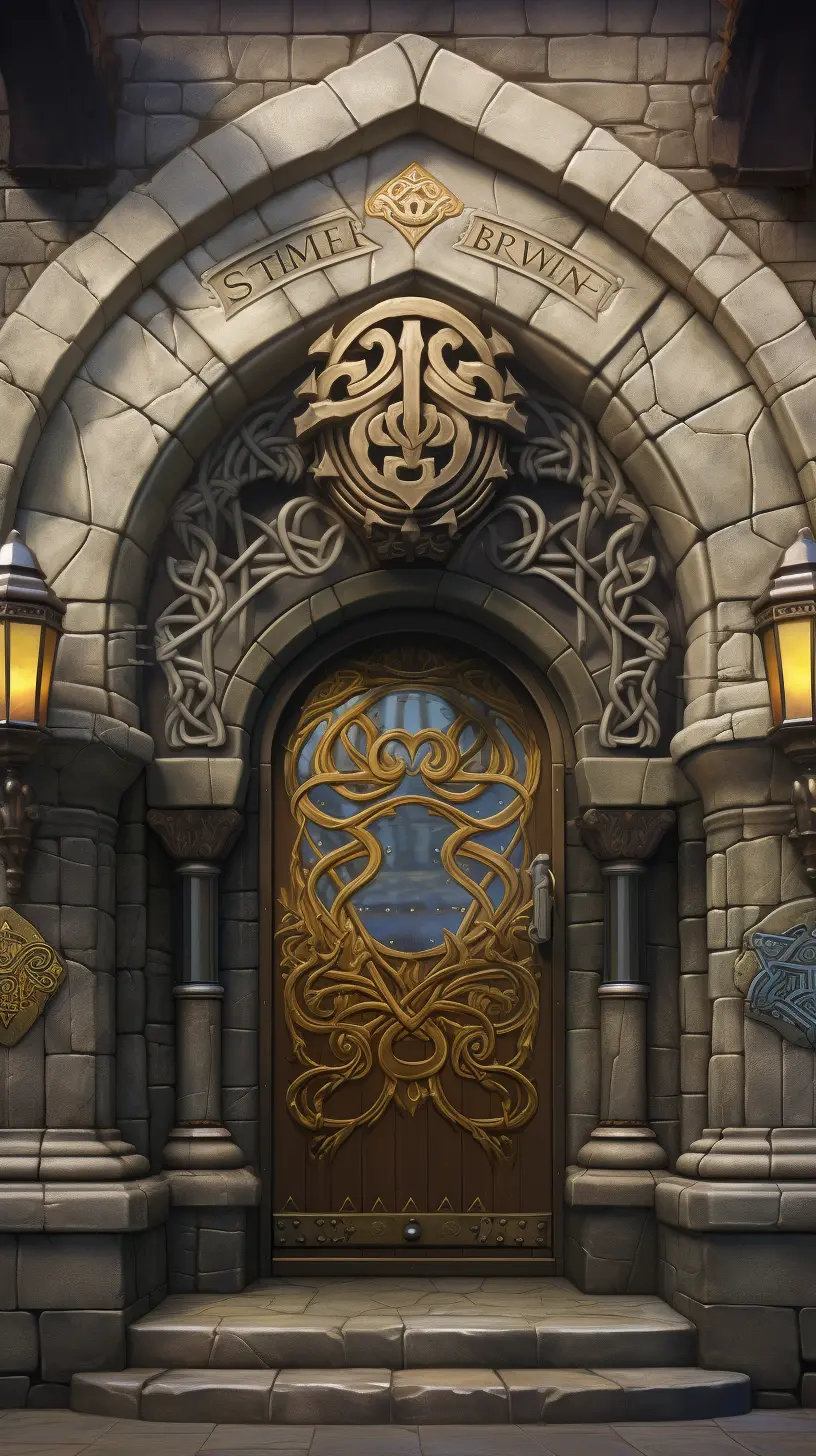
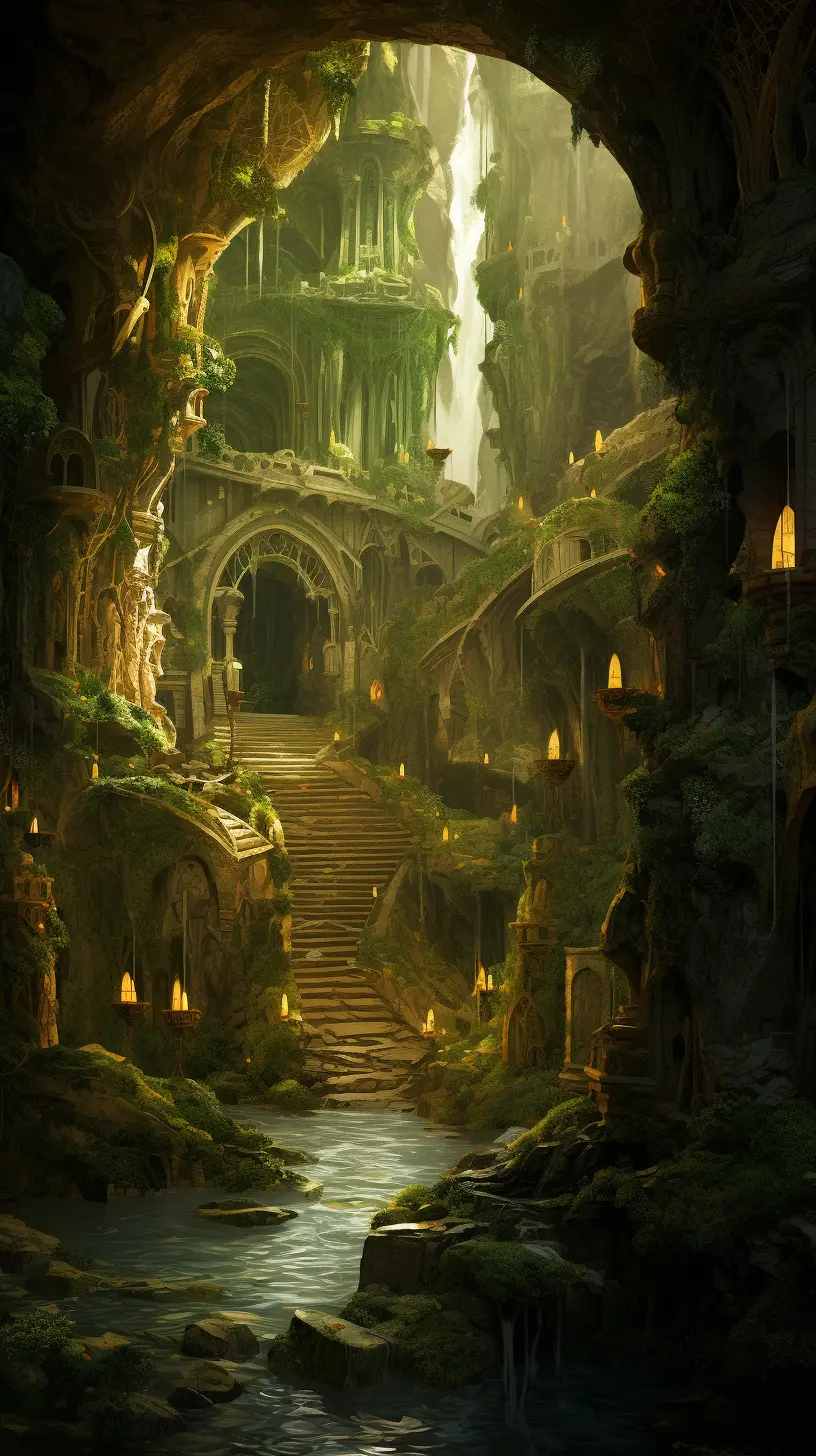
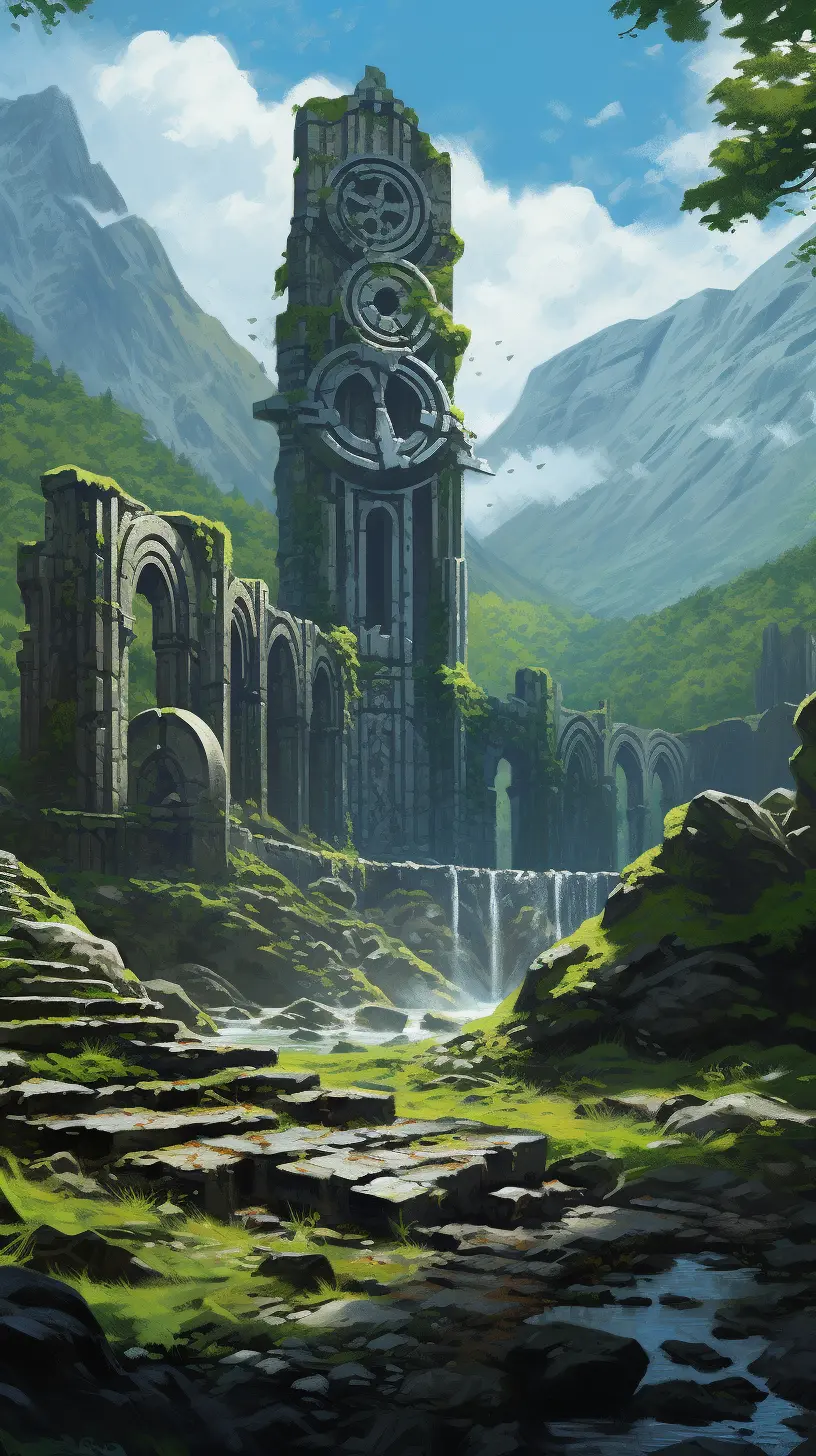
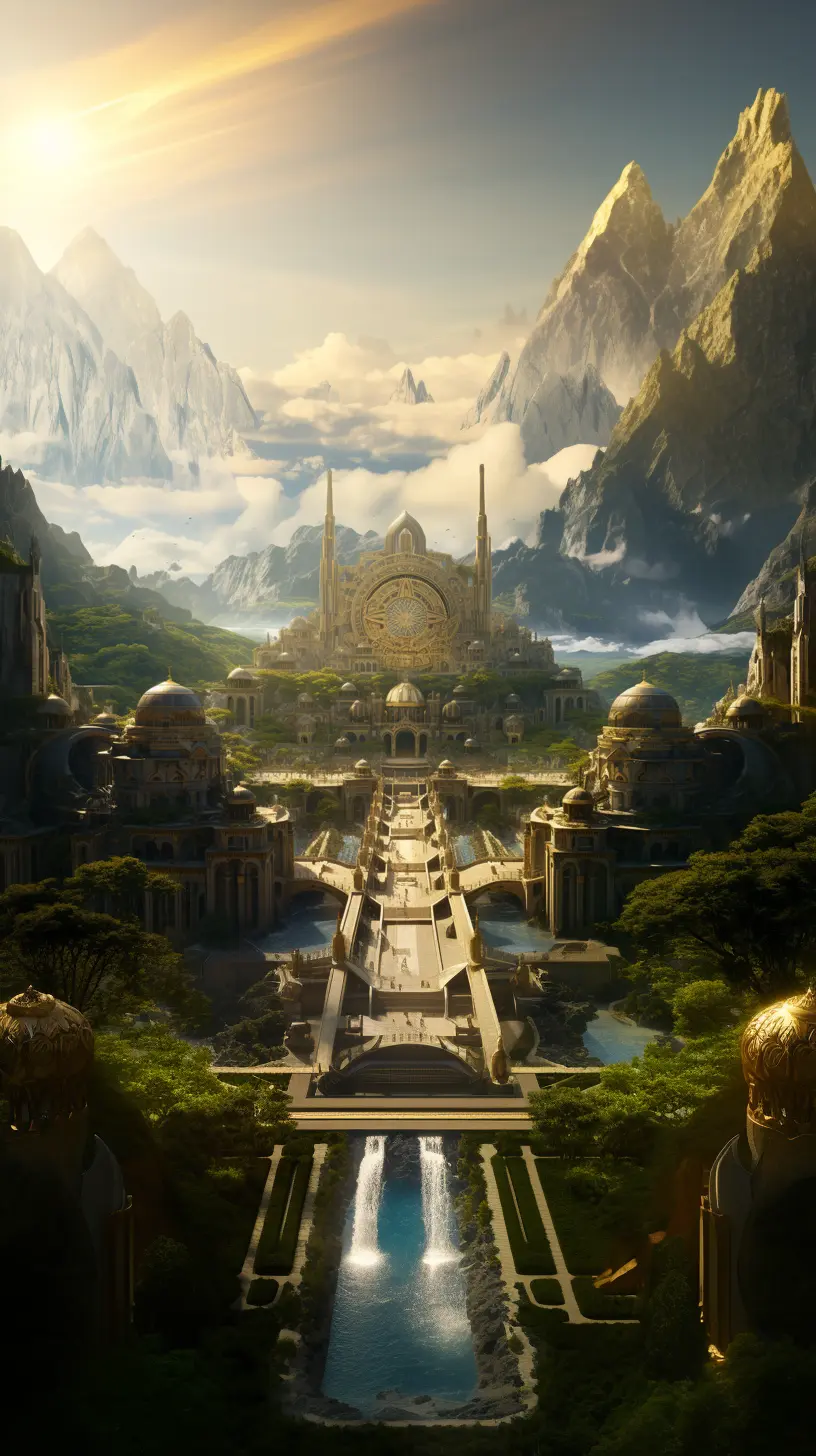
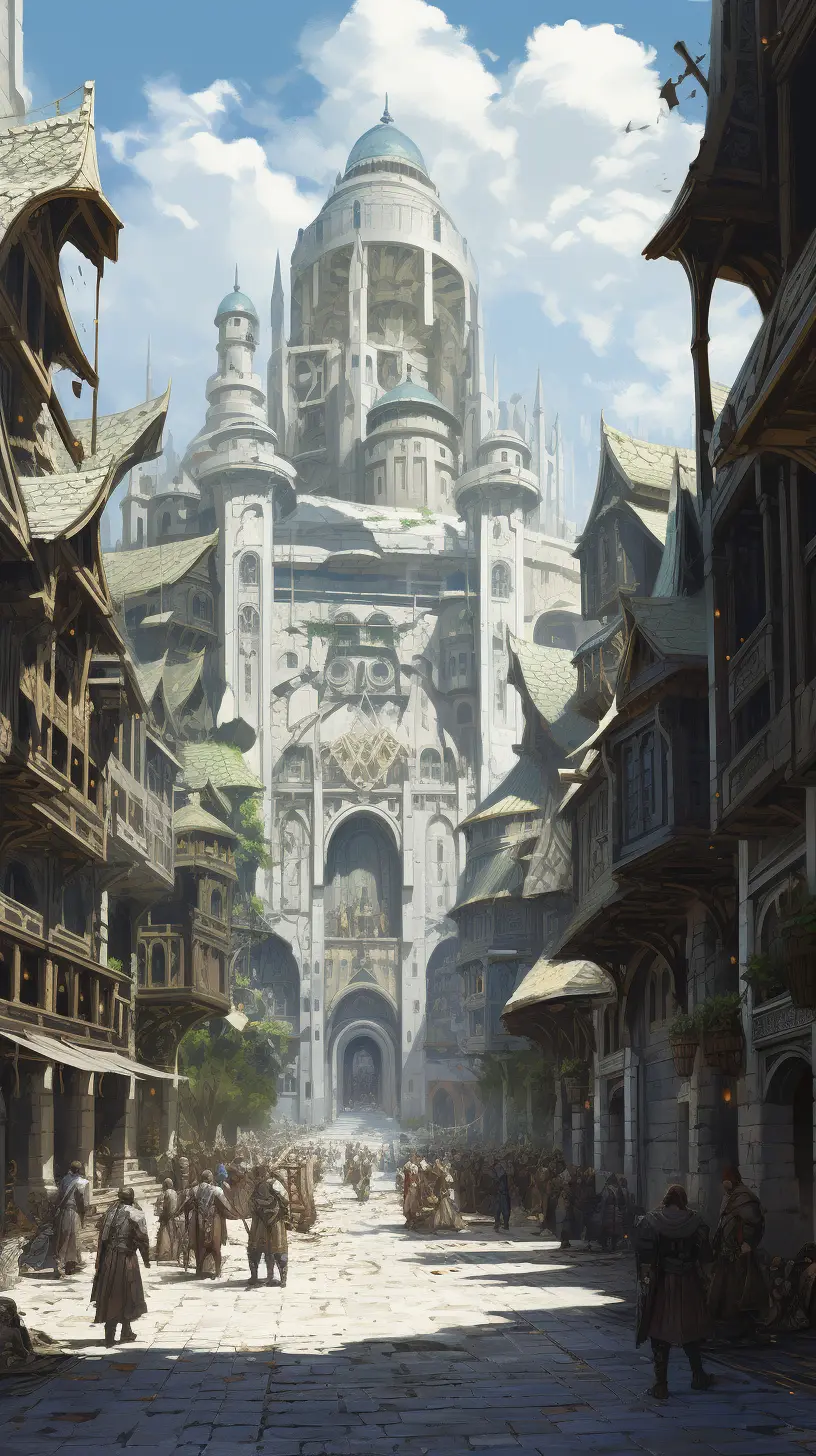





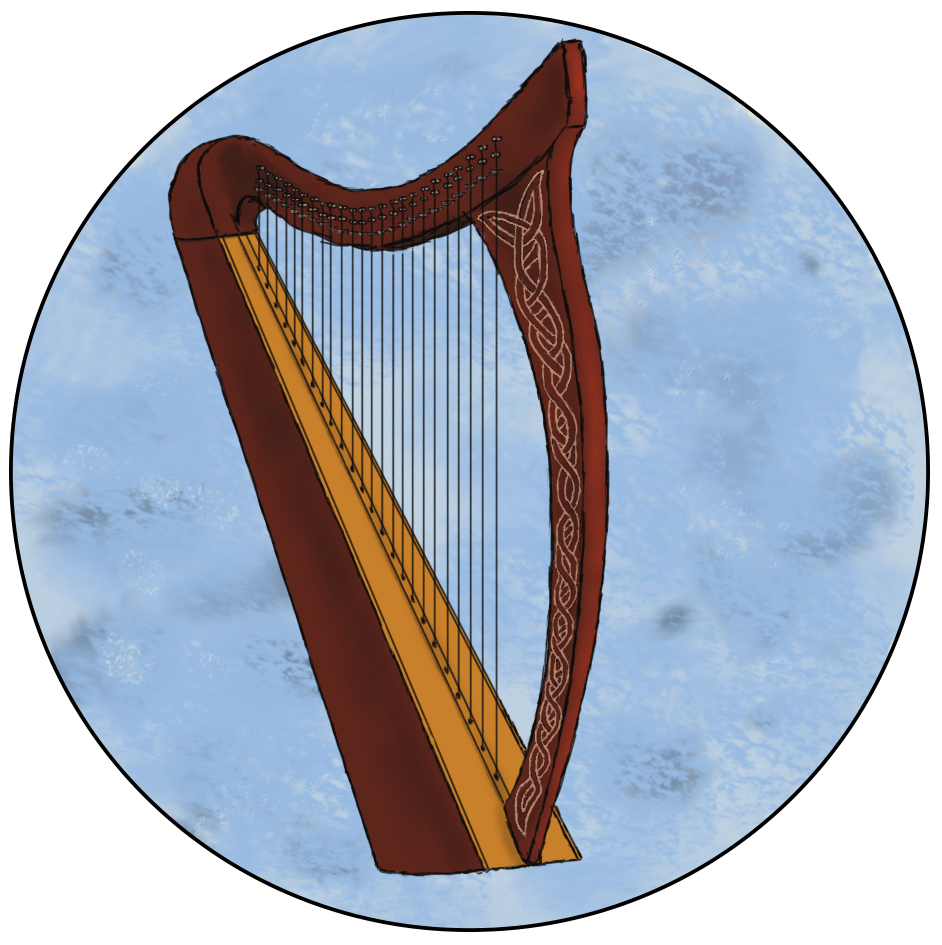
This sounds like such an interesting city. I love all the details about its infrastructure and the plants and the fake suns. And the permanent portal that's never been taken advantage of even in times of was is such a cool detail.